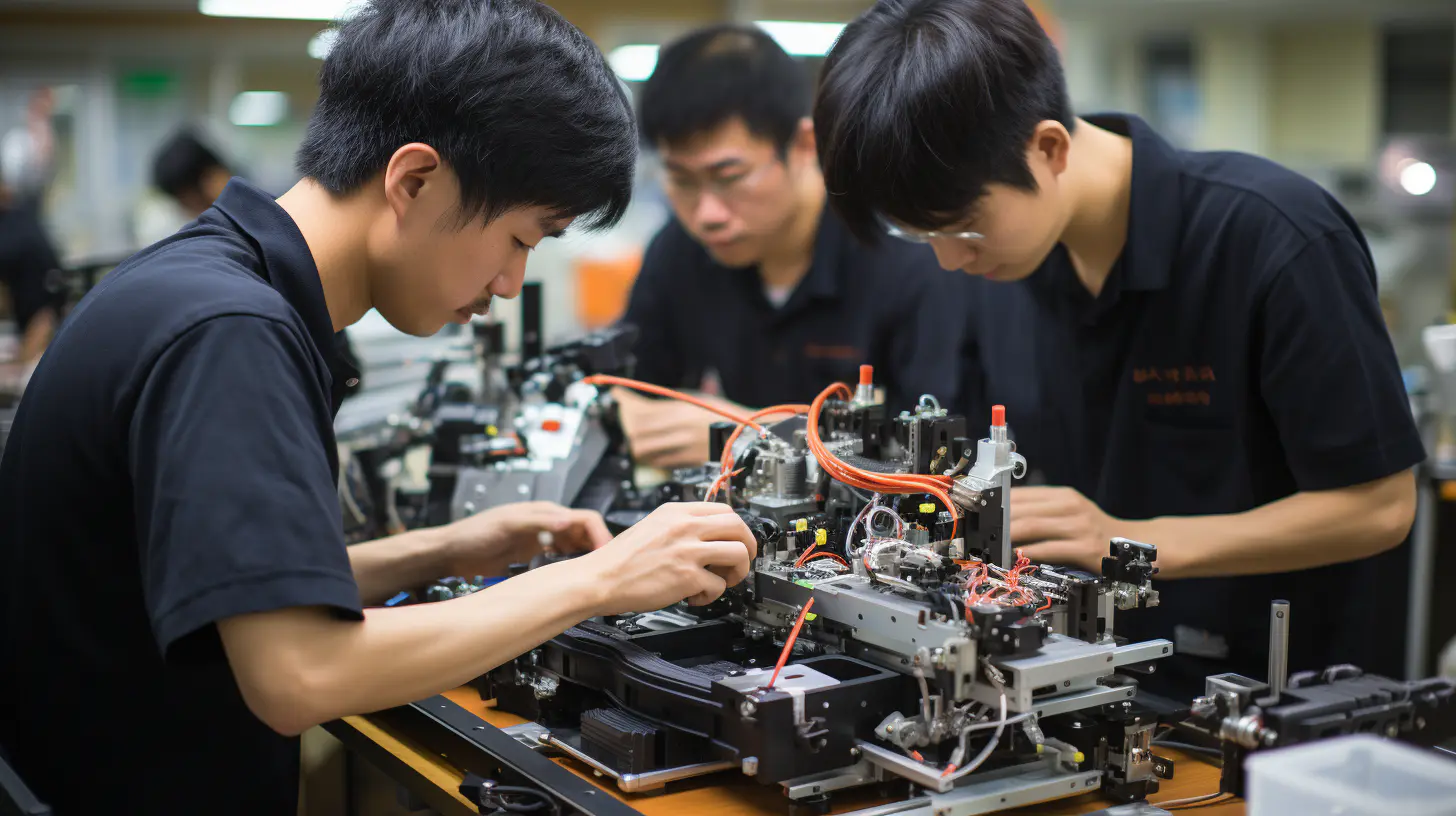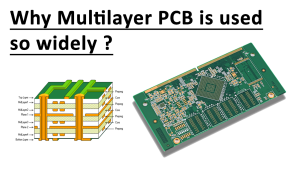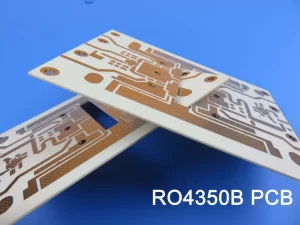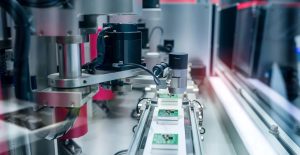目录
ToggleIntroduction to Printed Circuit Boards
A PCB Production is a type of electronic circuit board that is used to connect and support electronic components. It is made up of a thin layer of copper foil that is laminated onto a non-conductive substrate, such as fiberglass or plastic. The copper foil is etched with a pattern of conductive pathways that connect the components together. PCBs are used in a wide variety of electronic devices, from computers and cell phones to medical equipment and industrial machinery.
Historical Development of Printed Circuit Boards
The first printed circuit board was developed in the early 1900s by Austrian engineer Paul Eisler. He developed a method of using a thin layer of copper foil to connect components on a board. This method was used in the first radio receivers and transmitters. In the 1950s, the invention of the transistor revolutionized the electronics industry and led to the development of the modern printed circuit board. The invention of the integrated circuit in the 1960s further advanced the technology, allowing for more complex circuits to be created.
Modern Printed Circuit Board Technology
Today, printed circuit boards are used in almost every electronic device. They are designed using computer-aided design (CAD) software, which allows for complex circuits to be created quickly and accurately. The boards are then manufactured using a variety of processes, such as etching, plating, and soldering. The boards are then tested to ensure that they are functioning correctly.
Future of Printed Circuit Boards
The future of printed circuit boards is bright. As technology advances, the demand for more complex and powerful PCBs will continue to grow. In addition, the development of new materials and processes will allow for even more complex and powerful boards to be created. For example, 3D printing technology is being used to create PCBs with intricate designs and components. This technology is allowing for the creation of smaller, more powerful, and more efficient PCBs.
Conclusion
Printed circuit boards have come a long way since their invention in the early 1900s. They are now used in almost every electronic device and are essential for the functioning of modern technology. As technology advances, the demand for more complex and powerful PCBs will continue to grow. The development of new materials and processes will allow for even more complex and powerful boards to be created, allowing for the creation of smaller, more powerful, and more efficient PCBs.
Flexible PCB





